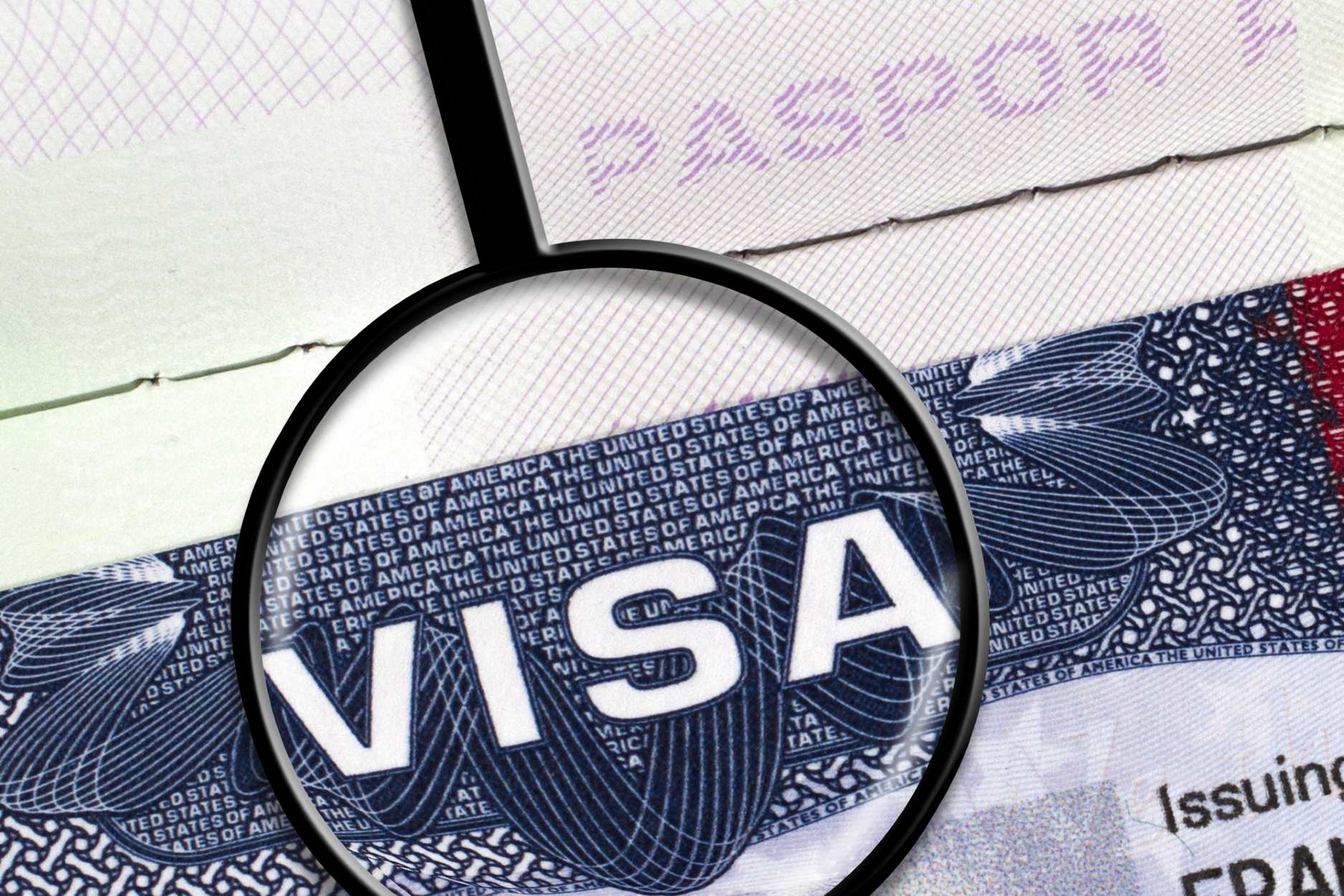Many individuals born in India who are seeking employment-based green cards in the EB-2 and EB-1 categories have been eagerly awaiting updates on the wait times. In this article, we will explore how the wait times have changed since the Cato Institute’s estimation of 151 years in 2018 and discuss the impact of the pandemic, the Great Resignation, and tech layoffs on these categories.
Green Card Allocation: A Refresher
Before we delve into the specific wait times for the EB-2 and EB-1 categories, let’s review the allocation process for employment-based green cards. At the beginning of each fiscal year, there are at least 140,000 employment-based green cards available. Any unused family-based green card numbers from the previous fiscal year are added to this total.
Each employment-based category, including EB-1 for priority workers, EB-2 for those with advanced degrees or exceptional abilities, and EB-3 for skilled workers, is allocated a minimum of 28.6% of the total annual cap. Additionally, the EB-4 and EB-5 categories, for special immigrants and investor immigrants respectively, have a minimum of 7.1% of the annual cap.
Furthermore, each employment-based green card category has a per-country cap of 7%. This cap is determined by an individual’s country of birth, not their country of citizenship. Unfortunately, candidates born in India and China face a disadvantage as the demand for green cards from these countries exceeds the number of green cards available to them.
If there are any unused green card numbers in the EB-4 or EB-5 categories, they will be allocated to the EB-1 category. Similarly, if there are any unused green card numbers in the EB-1 category, they will be allotted to the EB-2 category. However, it is worth noting that unused green card numbers in the EB-2 category have been scarce in recent years, leading to longer wait times in this category.
EB-2 Wait Time Updates
Since July 2007, the EB-2 category for individuals born in India has had a cutoff date due to the limited availability of green card numbers. This means that there haven’t been enough EB-2 green card numbers for those approved in this category. As of the September 2023 Visa Bulletin, the cutoff date for individuals born in India was January 1, 2011, while the cutoff date for individuals born in China was July 8, 2019.
It is important to note that there are two main types of EB-2 green cards: the regular EB-2 and the EB-2 NIW (National Interest Waiver). The regular EB-2 requires an employer sponsor and involves the PERM labor certification process, while the EB-2 NIW allows for self-petitioning or sponsorship by an employer if the beneficiary’s work and abilities are in the interest of the U.S.
Looking at the data from various sources, including USCIS, the Department of Homeland Security, and the Department of State, the projected wait time for individuals born in India in the EB-2 category has varied over the years. In 2018, the projected wait time was 106 years, which was lower than the Cato Institute’s estimation of 151 years. The Cato Institute report used data from FY2016 and FY2017, while the projection in this article is based on FY2018 data.
During the COVID-19 pandemic, there were significant disruptions in visa processing and in-person services at USCIS offices and U.S. embassies and consulates. As a result, there have been delays and backlogs in the processing of green card applications, which have impacted the wait times for EB-2 green cards for individuals born in India.
While the wait times spiked to a projected 221 years in 2020, this was largely due to the shutdown of services and the hiring freeze. However, it is essential to consider that the wait times are subject to change based on various factors and fluctuations in the demand for green cards. The most recent data from March 2023 shows a projected wait time of 12 years for individuals born in India in the EB-2 category.
Key Takeaway
Key Takeaway
The wait times for EB-2 green cards for individuals born in India have seen fluctuations over the years, influenced by factors such as the availability of green card numbers, disruptions caused by the COVID-19 pandemic, and changing demand. While the projected wait time has reduced from 151 years in 2018 to 12 years in 2023, it is important to keep in mind that these projections are subject to change as immigration policies and processing procedures evolve.
In conclusion, the wait times for EB-2 and EB-1 green card categories for those born in India have undergone changes since the Cato Institute’s estimation in 2018. The COVID-19 pandemic and its impact on visa processing, along with other factors, have contributed to fluctuations in these wait times. It is essential for individuals in these categories to stay updated with the latest information and consult with immigration professionals to best navigate the immigration process.

























